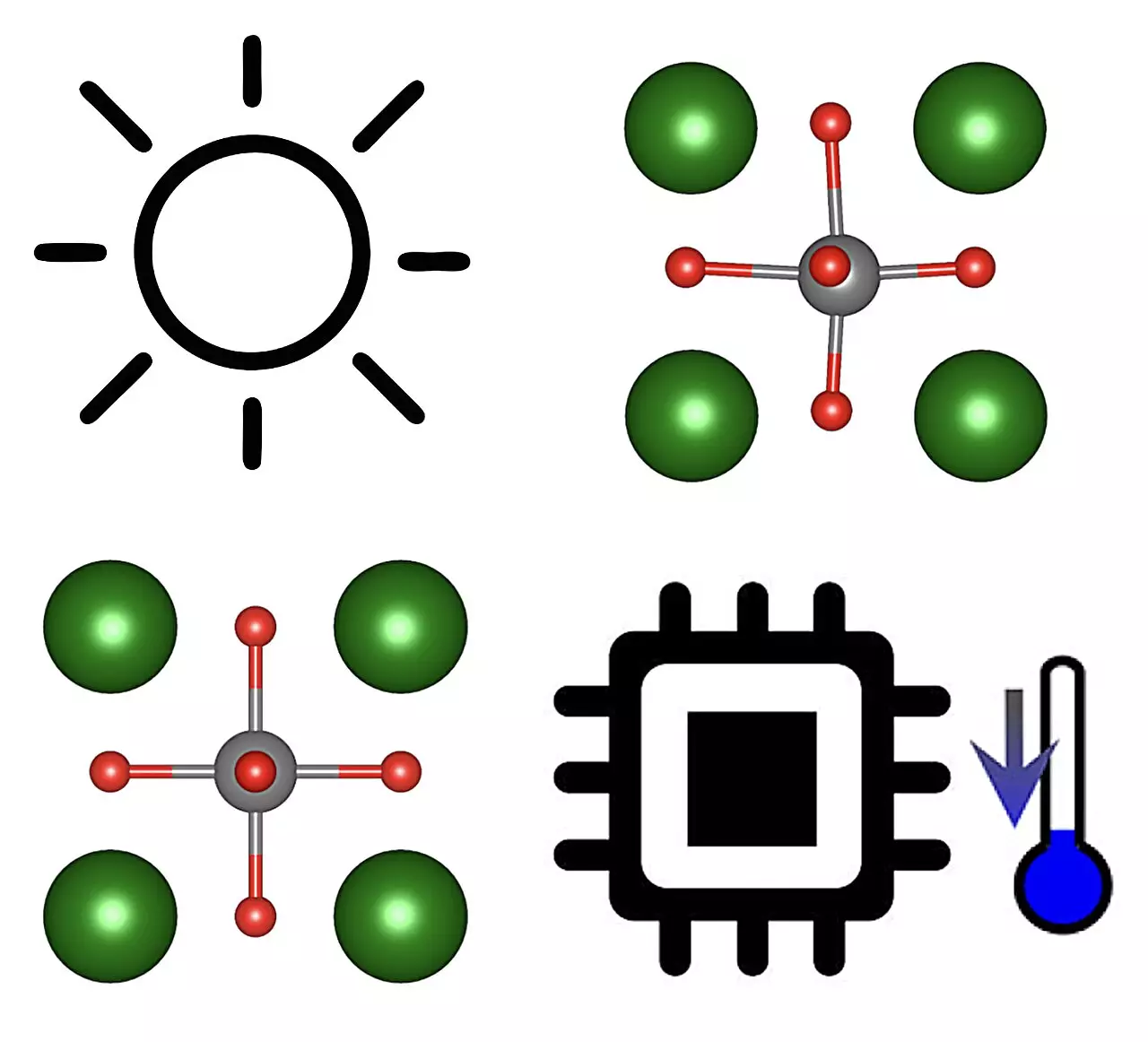As the world moves towards sustainable solutions to counter climate change, solid-state cooling presents an intriguing alternative to traditional refrigeration methods that can be detrimental to the environment. Unlike conventional systems that rely on gaseous or liquid refrigerants, solid-state cooling utilizes specific solid materials to convert thermal energy directly into cooling without the drawbacks associated with harmful refrigerants. This shift not only promises higher energy efficiency but also holds the potential to eliminate greenhouse gas emissions from cooling systems altogether.
Muscle behind this revolutionary technology involves understanding caloric effects—phenomena that allow materials to change their temperature under the influence of external fields. However, current implementations of these caloric effects have been met with challenges, mainly due to their limited operational temperature ranges and stringent material requirements. The research community has long sought conducive alternatives to these challenges. Recently, investigators at the Institut de Ciència de Materials de Barcelona and Universitàt Politècnica de Catalunya have made significant strides by focusing on photocaloric (PC) effects exhibited by ferroelectric perovskites, offering fresh insights into this promising technology.
The recent analysis by researchers Claudio Cazorla and Riccardo Rurali indicates that ferroelectric materials might possess unique PC effects that could sustain cooling across much broader temperature ranges compared to traditional caloric effects. The idea to explore the effects induced by light on ferroelectric materials is not novel; however, the study reinvigorates this concept, combining it with practical applications in refrigeration.
Their investigation revealed that by shining light on these materials, it is possible to induce phase transitions—from a ferroelectric to a paraelectric state—which leads to an observable change in entropy. This change can effectively be harnessed to create a highly efficient cooling cycle. The potential for these effects to remain significant over temperature ranges of up to 100K, compared to the mere 10K typical in conventional systems, suggests a revolutionary leap in thermal management capabilities.
Advantages of Photocaloric Materials
One of the more striking advantages of photocaloric cooling is its reliance on light as the triggering source rather than the traditional electric or magnetic fields used in other caloric effects such as magnetocaloric or electrocaloric cooling. This unique feature simplifies the design and may eliminate the complexities involved in constructing devices that require electrode interfaces. Moreover, utilizing lasers as a light source allows for effortless miniaturization, providing a streamlined approach to integrating these cooling systems into existing technologies.
The materials identified in the study, such as BaTiO3 and KNbO3, act as promising candidates for real-world applications. The prospect of using such materials opens avenues for micro-scale cooling applications, which could address the crucial need for efficient thermal management in sectors such as computing where heat dissipation is paramount. These PC effects could revolutionize the cooling methods employed in CPUs and other circuit components, paving the way for more effective and compact designs.
The implications of this research extend beyond conventional cooling systems. The characteristics of PC effects could ultimately facilitate cryogenic applications, with cooling capabilities stretching from standard conditions down to ultralow temperatures necessary for advanced quantum technologies. Utilizing solid-state cooling through photocaloric effects may become essential in developing the next generation of technological innovations that demand meticulous temperature control.
As the team continues its explorations, they have recognized the necessity of looking beyond ferroelectrics, examining other material families while considering how dimensionality can influence the effectiveness of PC effects. This approach not only shows promise for enhancing solid-state cooling applications but also involves layering new layers of complexity to existing theories.
In closing, the exploration of photocaloric effects in ferroelectric materials heralds a decisive moment in cooling technology, with the potential to reshape current understanding and practice. Cazorla, Rurali, and their colleagues stand at the forefront of an exciting frontier, one that echoes a call for further research that could invigorate various industries with groundbreaking cooling solutions. Hence, this innovative study illustrates a significant leap forward in energy-efficient thermal management, underscoring the importance of multidisciplinary approaches that meld physics, materials science, and engineering for a sustainable future.


Leave a Reply